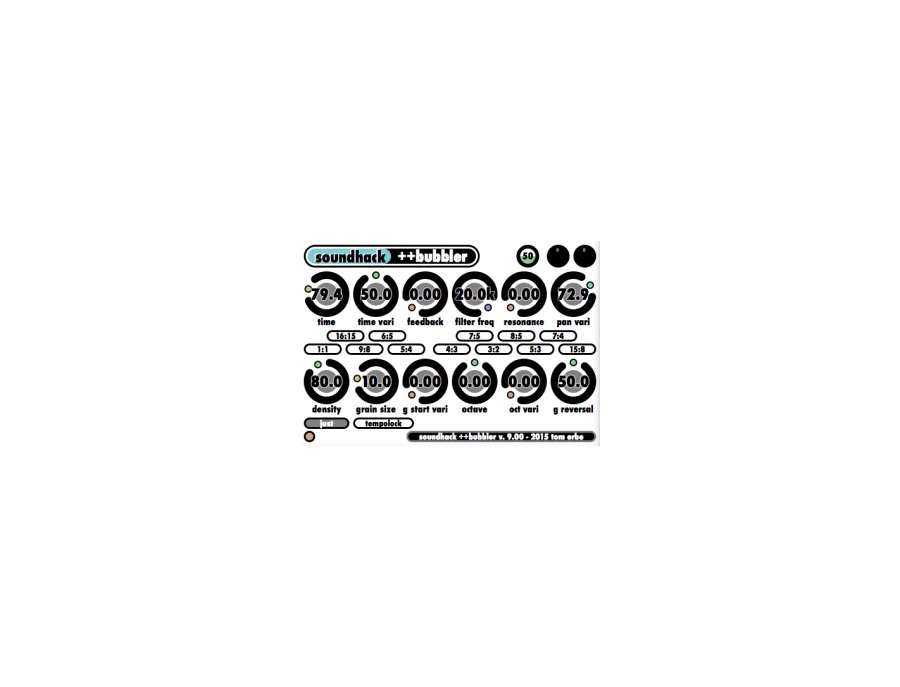

It therefore remains unclear whether these functional and structural asymmetries in the posterior third of the temporal lobes are necessary for speech perception or for merely amplifying and/or facilitating the processing of speech in the left temporal lobe.īy contrast, the left STS, especially the middle region of the STS (mid‐STS) has repeatedly been reported in studies focusing on phonological and prelexical processing. On the other hand, PT seems not to be exclusively sensitive to those phonetic signals. Recent studies have modified this view by claiming a more general function in analyzing complex sound structures, like rapidly changing cues, which are essential for differentiating stop consonants or place of articulation. This was originally seen as an indication that the PT is involved in the auditory processing of speech. Cytoarchitectonic maps, as well as results obtained with voxel‐based morphometry (VBM), have consistently shown that cell densities in a subregion (Te1.1) of the primary auditory cortex is higher and that the PT is larger in the left compared to the right hemisphere. Anatomical studies have also shown that there are macroscopic, as well as microscopic, structural differences in the primary and secondary auditory cortex.
#Soundhack formant shift windows#
Alternatively, one could think of different integration windows of the left and right auditory system, which then may result in an asymmetric sampling and processing of acoustic signals. This functional asymmetry is reflected by a higher temporal resolution in the left auditory cortex and higher spectral resolution in the right homologue. It is now widely accepted that there exists both a functional, as well as structural, asymmetry within the primary and secondary auditory system. Therefore, current research on the functional asymmetry of speech and music perception focuses, in particular, on temporal lobe structures such as Heschl's Gyrus, planum temporale (PT), superior temporal gyrus (STG), and superior temporal sulcus (STS). Recent reviews and meta‐analyses also take into account results from functional imaging studies and point towards a more bilateral processing of acoustic speech signals. However, these early accounts of functional asymmetry, which were based on clinical observations, have been challenged. There is broad consensus in the field of neuroscience that speech processes are predominantly lateralized to the left hemisphere, dating back to the ground breaking work of Broca and Wernicke.

In addition, the present findings support the notion that the left mid STS area is more sensitive to speech signals compared to the right homologue. This gives further experimental evidence for the assumption of a posterior‐anterior processing stream in the left temporal lobe. Such a differential and selective response was not seen in other brain areas and not when the sound “morphed” into a music stimulus. This area could be further subdivided into a more posterior area, which showed a linear response to the manipulation of speech sounds, and an anteriorly adjacent area which showed the strongest interaction between the speech and music sound manipulations. This effect was especially pronounced within the middle region of the left superior temporal sulcus (mid‐STS). The results demonstrated that the left temporal lobe was predominantly sensitive to gradual manipulation of the speech sounds while the right temporal lobe responded to all sounds and manipulations. The stimuli were presented in an event‐related design and the evoked brain responses were measured using fMRI. White noise was gradually transformed into either speech or music sounds using a “sound morphing” procedure. This study seeks to explore whether there are variations in the lateralization of response to verbal and nonverbal sounds by varying spectral complexity of those sounds. Contrary to the classical view, recent neuroimaging studies claim that phonological processing, as part of auditory speech perception, is subserved by both the left and right temporal lobes and not the left temporal lobe alone.


 0 kommentar(er)
0 kommentar(er)
